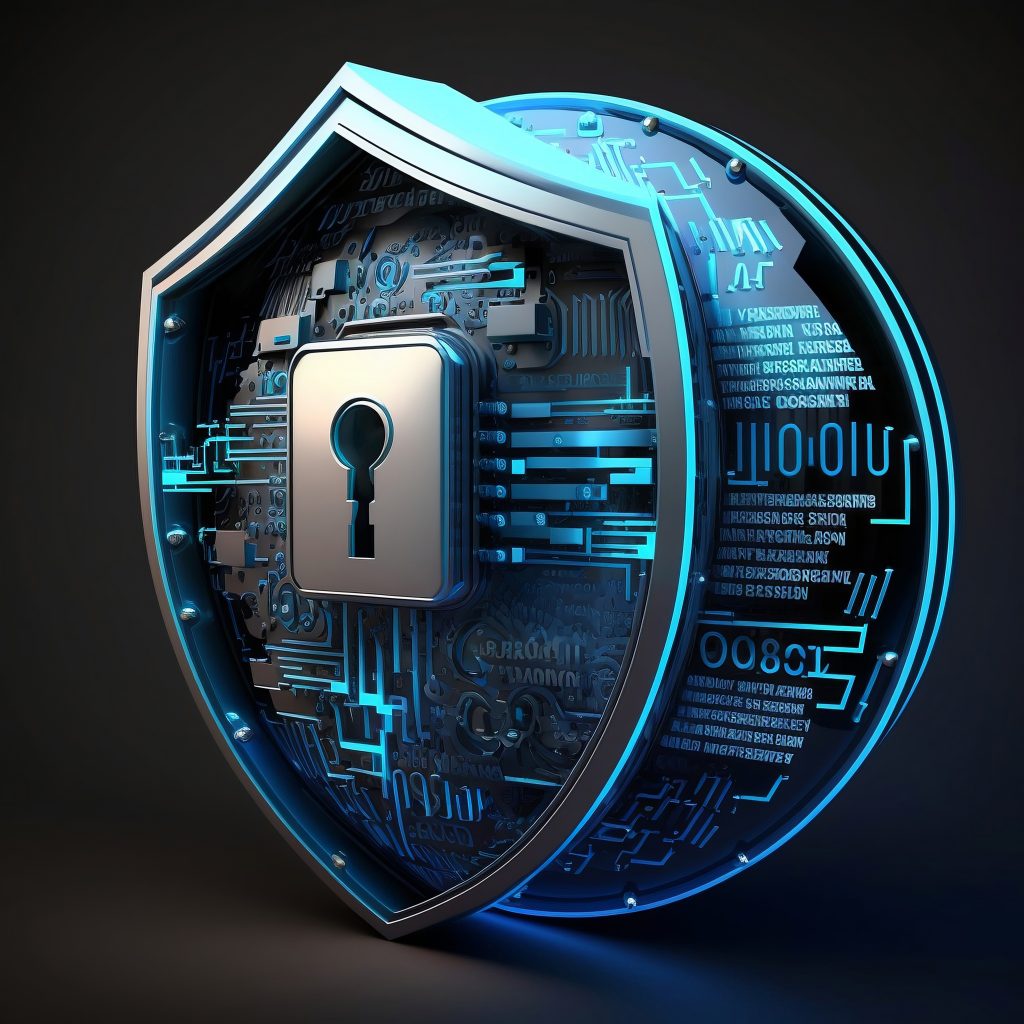Info
- /
- Courses
- /
- CyberSecurity
Cybersecurity

What you will Learn in this Course
Cybersecurity is a multidisciplinary field focused on safeguarding digital information, systems, networks, and infrastructure from a wide range of threats and attacks. Its primary goal is to protect the confidentiality, integrity, and availability of information, ensuring that it remains secure and accessible only to authorized individuals or entities. As technology continues to advance and the digital landscape expands, cybersecurity has become an integral part of modern society, impacting individuals, organizations, governments, and nations on a global scale.
Key Components of Cybersecurity:
- Information Security:
- Information security focuses on protecting the confidentiality, integrity, and availability of data. This includes measures such as encryption, access controls, and data classification.
- Network Security:
- Network security involves implementing measures to protect the integrity and confidentiality of data in transit across networks. This includes firewalls, intrusion detection systems, virtual private networks (VPNs), and secure protocols.
- Endpoint Security:
- Endpoint security aims to secure individual devices (such as computers, smartphones, and IoT devices) from various threats, including malware, phishing, and unauthorized access.
- Application Security:
- Application security focuses on ensuring that software and applications are developed and maintained with security in mind. This involves secure coding practices, vulnerability assessments, and penetration testing.
- Cloud Security:
- With the increasing use of cloud services and platforms, cloud security involves protecting data, applications, and infrastructure hosted in cloud environments. This includes identity and access management, encryption, and secure configurations.
- Identity and Access Management (IAM):
- IAM is the practice of managing user identities, roles, and permissions to ensure that only authorized individuals or systems have access to specific resources. This includes multi-factor authentication, role-based access control, and single sign-on.
- Incident Response and Management:
- Incident response involves preparing for, detecting, and responding to cybersecurity incidents. This includes creating response plans, conducting forensics, and learning from incidents to improve security posture.
- Security Awareness and Training:
- Educating users and employees about cybersecurity best practices is crucial for preventing social engineering attacks, such as phishing. Security awareness programs help individuals recognize and respond to potential threats.
- Governance, Risk, and Compliance (GRC):
- GRC encompasses the policies, procedures, and processes that guide an organization’s approach to managing cybersecurity risks. This includes compliance with relevant regulations and standards.
- Threat Intelligence and Security Monitoring:
- This involves actively monitoring networks and systems for potential threats, as well as gathering and analyzing intelligence on emerging threats and attack techniques.
- Security Policies and Procedures:
- Establishing and enforcing security policies and procedures provides a framework for maintaining a secure environment. This includes creating acceptable use policies, incident response plans, and data retention policies.
- Emerging Technologies and Trends:
- Staying abreast of emerging technologies like artificial intelligence, machine learning, blockchain, and quantum computing is critical for understanding new opportunities and challenges in cybersecurity.
Cybersecurity professionals work diligently to stay ahead of evolving threats, continuously adapt to new technologies, and develop strategies to mitigate risks. As the digital landscape continues to evolve, the importance of cybersecurity in safeguarding critical information and infrastructure remains paramount.
Module 1: Introduction to Cybersecurity
1.1 Definition and Importance of Cybersecurity
1.2 Historical Overview of Cyber Threats
1.3 The Cybersecurity Ecosystem
1.4 Ethical and Legal Considerations
Module 2: Cyber Threats and Attack Vectors
- 2.1 Malware
- 2.1.1 Viruses, Worms, Trojans
- 2.1.2 Ransomware
- 2.2 Social Engineering Attacks
- 2.2.1 Phishing
- 2.2.2 Spear Phishing
- 2.2.3 Whaling
- 2.3 Network-Based Attacks
- 2.3.1 DoS and DDoS Attacks
- 2.3.2 Man-in-the-Middle Attacks
- 2.3.3 Packet Sniffing
Module 3: Network Security
- 3.1 Firewalls and Intrusion Detection Systems (IDS)
- 3.2 Virtual Private Networks (VPNs)
- 3.3 Wireless Network Security
- 3.4 Network Segmentation and Isolation
- 3.5 Secure Protocols (SSL/TLS)
Module 4: Operating System Security
4.1 Access Controls and Permissions
4.2 Patch Management and Software Updates
4.3 Secure Boot and Disk Encryption
4.4 Antivirus and Endpoint Protection
4.5 Host-Based Intrusion Detection (HIDS)
Module 5: Secure Software Development
- 5.1 Secure Coding Practices
- 5.2 Input Validation and Output Encoding
- 5.3 Secure APIs and Libraries
- 5.4 Application Security Testing
- 5.4.1 Static Analysis
- 5.4.2 Dynamic Analysis
Module 6: Cryptography
6.1 Encryption Algorithms and Techniques
6.2 Public Key Infrastructure (PKI)
6.3 Digital Signatures and Certificates
6.4 Cryptographic Hashing
Module 7: Identity and Access Management (IAM)
- 7.1 User Authentication
- 7.2 Role-Based Access Control (RBAC)
- 7.3 Multi-Factor Authentication (MFA)
- 7.4 Single Sign-On (SSO)
Module 8: Incident Response and Recovery
8.1 Incident Detection and Reporting
8.2 Incident Classification and Prioritization
8.3 Containment, Eradication, and Recovery
8.4 Post-Incident Analysis and Documentation
Module 9: Compliance and Legal Aspects
- 9.1 Regulatory Frameworks (e.g., GDPR, HIPAA)
- 9.2 Privacy and Data Protection Laws
- 9.3 Ethical and Legal Considerations in Cybersecurity
Module 10: Security Awareness and Training
- 10.1 Employee Security Awareness Programs
- 10.2 Security Policies and Procedures
- 10.3 Social Engineering Awareness and Training
- 10.4 Security Best Practices for End-Users
Module 11: Emerging Trends in Cybersecurity
- 11.1 Internet of Things (IoT) Security
- 11.2 Cloud Security and Virtualization
- 11.3 Artificial Intelligence (AI) and Machine Learning (ML) in Cybersecurity
- 11.4 Blockchain and Decentralized Technologies
Module 12: Capstone Project and Practical Labs
- 12.1 Real-World Scenarios and Case Studies
- 12.2 Hands-On Labs and Simulations
- 12.3 Final Project: Cybersecurity Risk Assessment and Mitigation
See Similar Courses
About Us
We are a leading IT education provider, we strive to bridge the gap between ambition and expertise, preparing our students to thrive in the dynamic world of technology.
Contact Us
- 08037371561
- enquiry@sptechsolutions.net
- 20 Ajenifuja Street, Behind Zenith Bank Benson-Ikorodu Lagos.
- Mon - Fri [ Opening hours ] 9AM - 5PM
Quick Links

SP SYSTEMS & NET SOLUTIONS © 2023 All Right Reserved®
